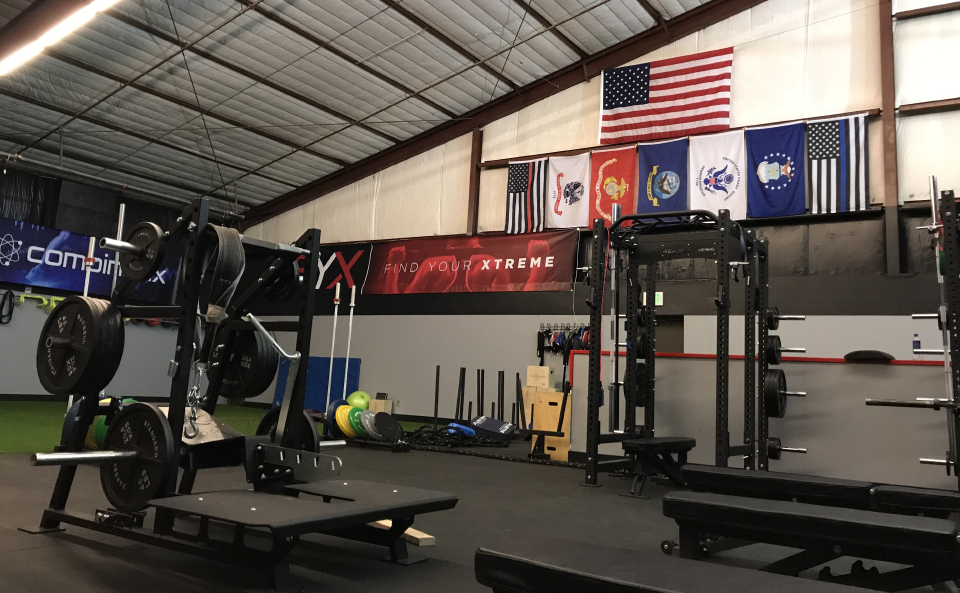Physical Therapy
o At FYX Sports Training, we work hard to offer the best in athletic performance training. To do that, we’ve brought together a team of professional athletic trainers, top-of-the-line equipment, and well-established training practices and therapies to help our athletes achieve peak performance. Physical therapy is a large part of our well-rounded training programs. Physical therapy helps athletes recover quickly, experience greater training results, and reach their maximum performance potential.
What is Physical Therapy?
Physical therapy incorporates various techniques for working on the body’s muscles, tissues, and joints to stimulate health mentally and physically. According to the World Confederation of Physical Therapy (WCPT), “Physical therapy is concerned with identifying and maximizing quality of life and movement potential within the spheres of promotion, prevention, treatment/intervention, habilitation and rehabilitation.”
For athletes, physical therapy can help with recovery and rehabilitation from an injury or overuse, and from the regular wear and tear of athletic training and events. It also helps to stimulate muscle and joint motion for increased performance with various athletic skills. And, various physical therapy modalities can help with injury prevention.
Physical Therapy Techniques
There are multiple styles, techniques, and modalities in physical therapy. Athletic trainers and certified physical therapists can assess the body to identify what type of therapy would best serve an athlete’s condition and need. Some techniques incorporate more than just external massaging, scraping, or chiropractic care. Some incorporate devices for deeper treatment inside the body on the nerve level. A few primary modalities used for athletes include:
Exercise and Strengthening
Certain exercises and strength-training regimens can act as a form of physical therapy because they enhance mobility and strengthen certain muscle groups relieving other muscles and joints that had been carrying undue pressure. This helps alleviate and prevent pain.
Light Therapy
Red or near-infrared light therapy utilizes specific light wavelengths to promote cellular health, which in turn promotes several other health benefits. Cellular energy helps to increase muscle growth, enhance muscle recovery, reduce joint pain, and improve athletic performance. Find out more on the Infrared Therapy page.
Laser Therapy
Laser therapy is similar to light therapy. Laser therapy class II and IV are effective therapies for increasing athletic performance and promoting recovery. Low level laser therapy helps promote blood flow and faster recovery for sports injuries.
Dry Needle
Dry needling is a therapy that incorporates the use of thin needles that poke into the skin and stimulate trigger points to help relieve pain and improve motion. There are multiple techniques in dry needling. Needles can be used to pinpoint knots and breakdown crystalized scar tissue.
E-Stim
Electrical muscle stimulation (e-stim or TENS) is used in athletes to relieve pain and also to promote better muscle use. It can help muscles to begin contracting properly. Patches attached to the skin pass an electrical current into specific parts of the body to stimulate the muscles and nerves.
ROFL
Rolfing is a type of soft tissue massage where the connective tissue is manipulated to promote efficiency in muscle use. Rolfing is often used for injury rehabilitation and to break down scar tissue. It can also be used to improve an athlete’s range of motion.
Hydrotherapy
There are three types of hydrotherapy: Cold-water immersion (CWI), hot-water immersion (HWI), and contrast water therapy (CWT). These different types can be used at different times and in different ways to promote recovery, decrease soreness, and increase athletic performance.
Rehab
Sports rehabilitation incorporates multiple physical therapies. It is a very important part of training whether an athlete is recovering from an injury or just needs some post-workout rehab to rollout muscles and bring down the body’s core temperature.
Stretching
While very simple in practice, stretching is often an overlooked and forgotten exercise within physical therapy. Athletes should perform dynamic stretching before and static stretching after exercise to increase flexibility, minimize/eliminate pain, and to prevent injury.
Heat and Ice
These are two very basic, and yet essential, therapeutic methods that most athletes have experienced hundreds of times in their careers. It is important to incorporate both heat and ice at the proper times to promote healing and for preventative care.
Physical Therapy at FYX Sports
At FYX Sports Training, we utilize and provide all of the physical therapy modalities mentioned above. We know the value of physical therapy, which is why we have an in-house physical therapist to help our athletes with their rehab, recovery, and preventive care. Contact us today, and we’ll help you start training to reach your optimal performance potential.

1808 Woodmoor Dr
Monument, CO 80132
719.428.4480
info@fyxsports.com
